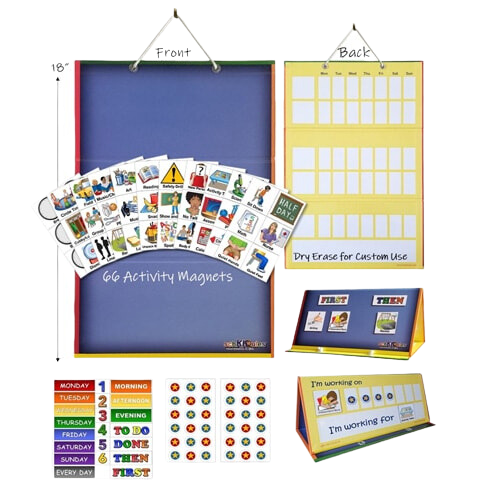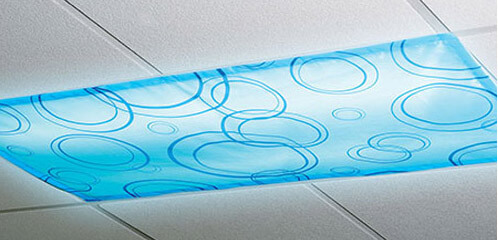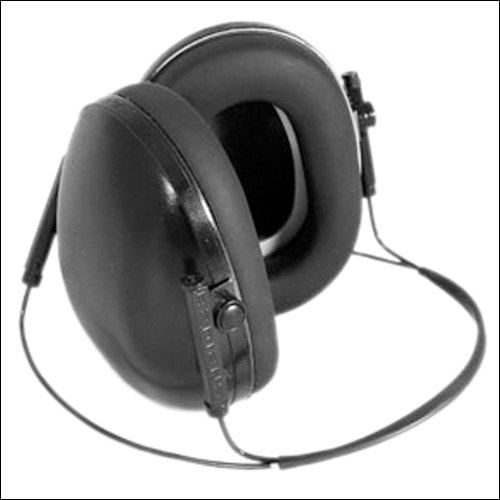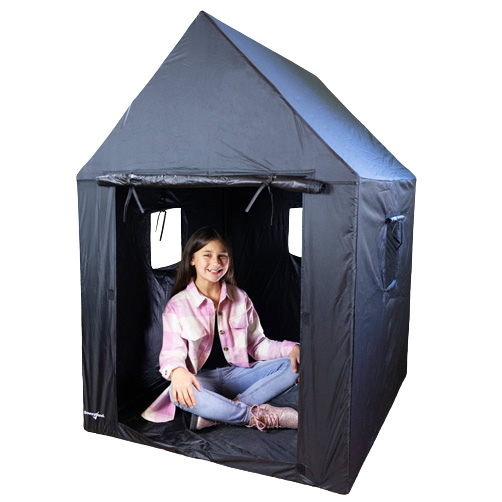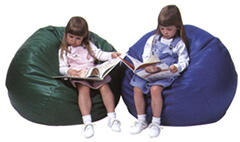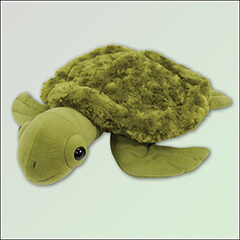Porch, the home services platform, recently reached out to Therapro for help with their latest article, How to Build a Sensory Room at Home, Tips from the Experts. The question needing an answer was, what are the best tactile sensory tools to include in home sensory rooms? Therapro’s team of experts had a lot to say on this topic! Read on to see what Therapro shared and be sure to check out the full article.
Tactile sensory tools offer a rewarding experience. There are many options to choose from. Therapro’s top picks include:

Fidgets: Fidgets are small, portable and versatile tactile sensory tools that are a great edition to home sensory rooms. Fidgets can offer calming or alerting input depending on their characteristics. To help users better decide which fidget is best for them, the team of occupational therapists at Therapro has put together a free handy guide, Find Your Fidget that is available for download at therapro.com! Pro tip: Fidgets are also a great transition object to help with the move into and out of the sensory space!
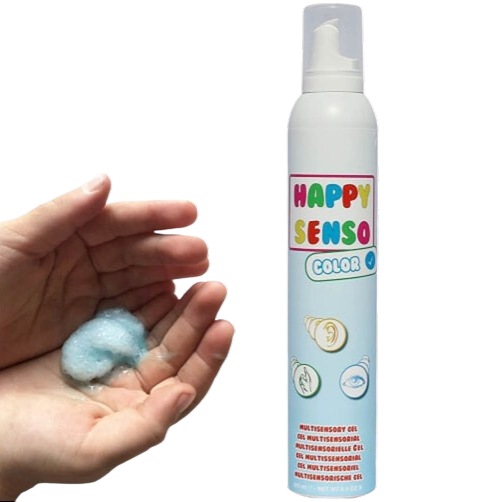
Happy Senso: Happy Senso is a sensory gel that offers a unique multisensory experience. It can be sprayed directly into the palms of the hands or on a flat surface (like a table). Squish, press, and slide hands along the cool gel and listen to the crackling and popping sounds it makes. It is available in four different scents and colors for an enhanced sensory experience.

Gel Activity Pads: Gel pads are exactly what they sound like, gel filled pads that can be pressed and squished with the hands, fingers, or even feet! Available in four different styles, activity ideas are endless; play games (like tic tac toe) or simply enjoy the combined visual and tactile sensory experience. As an added bonus, these gel pads offer slight weight and so can double as a weighted lap pad!

Theraputty Microwavable Exercise Putty: Exercise putty is a great fidget option that can offer a calming/ grounding experience to users. Theraputty Microwavable Exercise Putty is a unique putty that is microwavable allowing users to experience a calming warmth sensation while they knead, roll, or squish the putty.
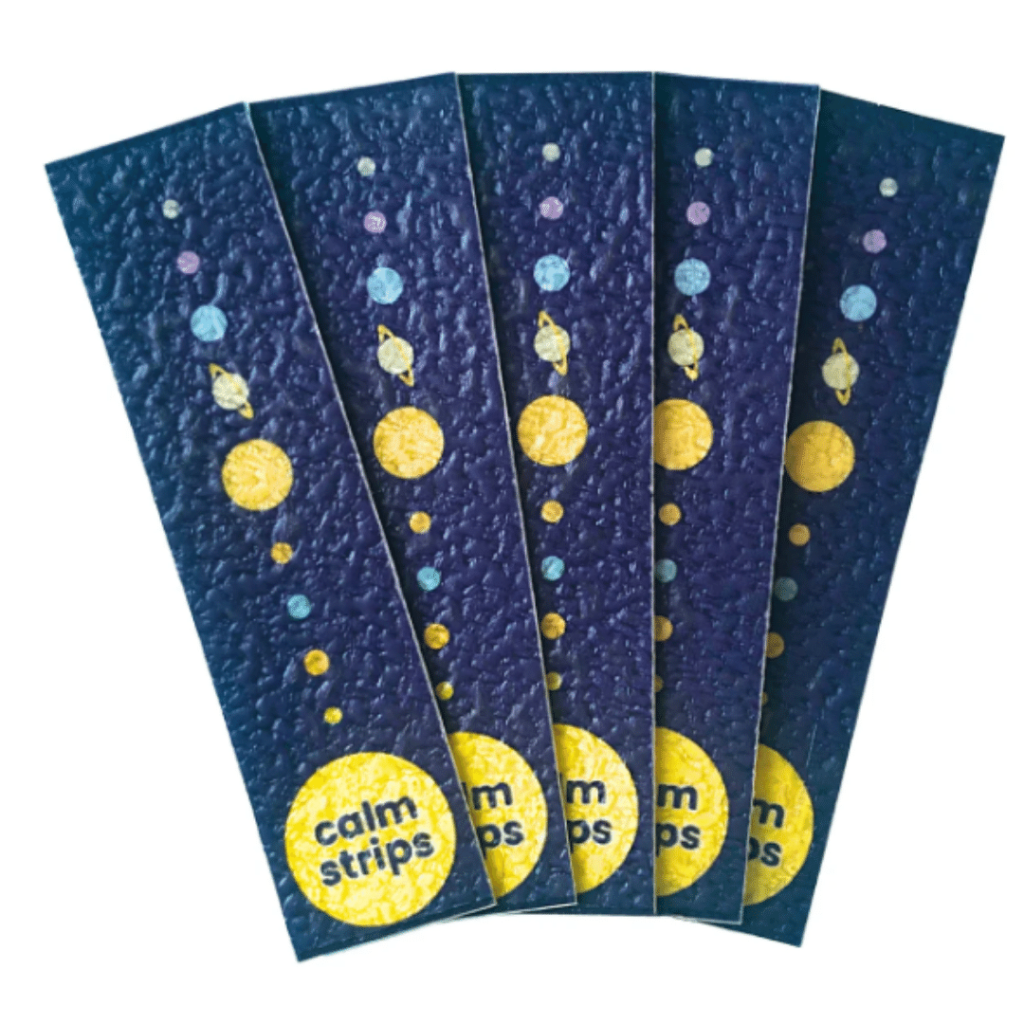
Calm Strips: Calm Strips are textured sensory stickers with a special reusable adhesive that are designed to be picked, touched, scratched, and peeled over and over again. These tactile sensory tools are a perfect addition to home sensory rooms. They can be adhered to any surface to add an additional tactile sensory experience and help regulate restless energy.
When it comes to building your sensory space, Therapro is the resource for families and professionals, be sure to check out all of Therapro’s sensory resources at therapro.com!

